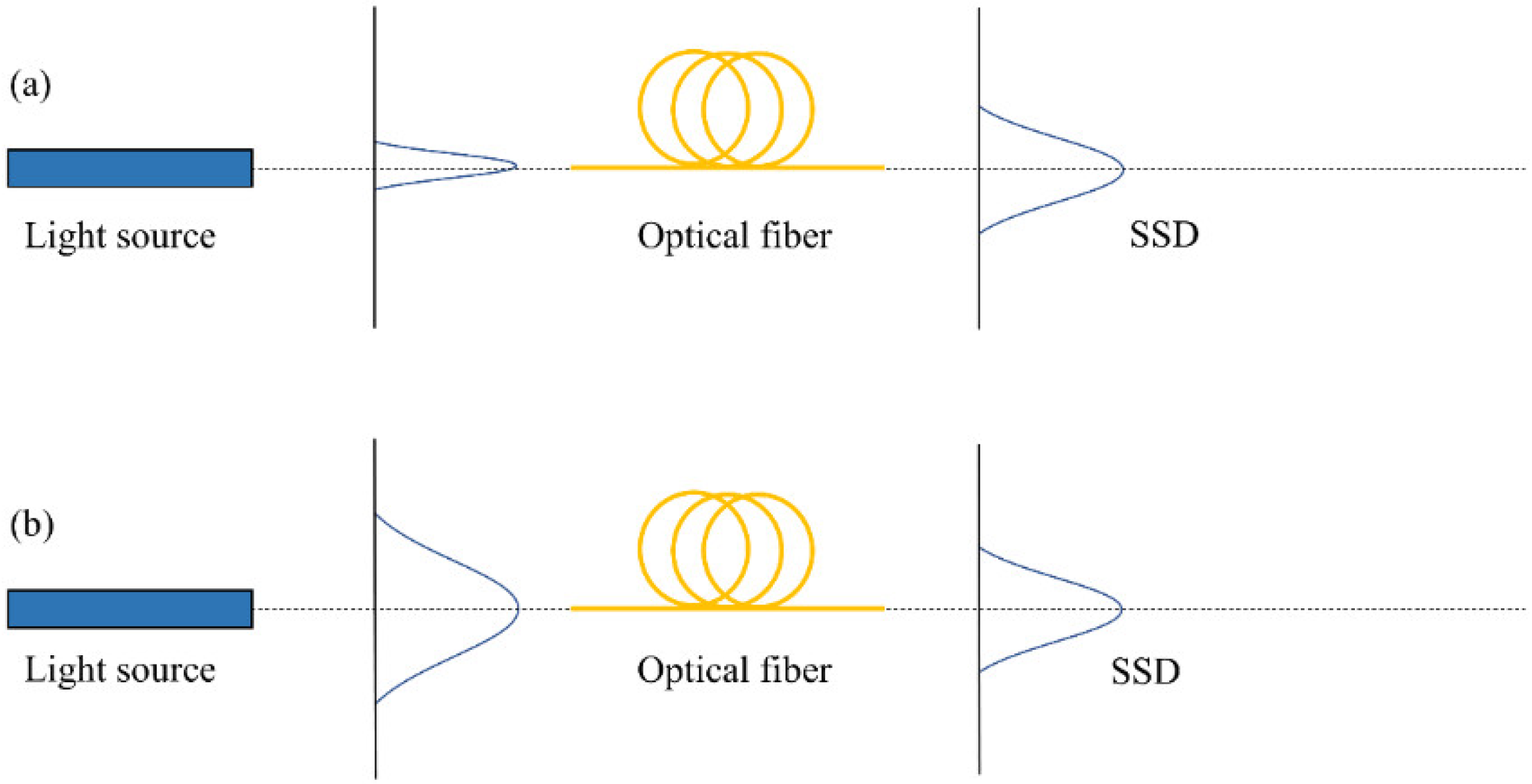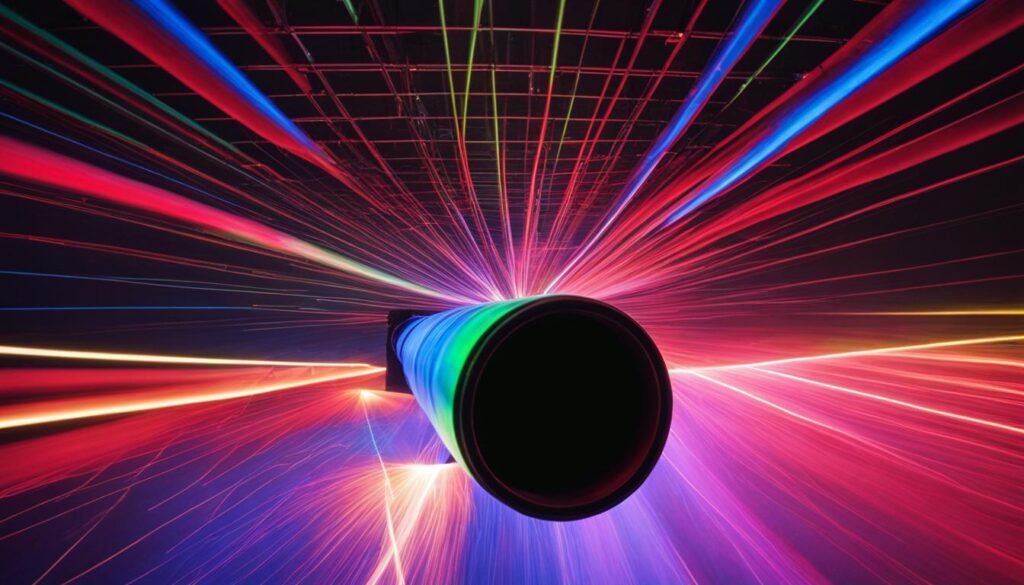Contents

Source: MDPI
Understanding Mode Coupling in Photonics
Introduction to Mode Coupling
Mode coupling is a fundamental concept in the field of photonics, particularly concerning the behavior of light within waveguides and optical cavities. It refers to the interaction between different light modes, which can be influenced by external disturbances or nonlinear interactions. This phenomenon is critical in understanding how light propagates through various optical devices.
The Concept of Coupled-Mode Theory
Coupled-mode theory is a powerful tool used to analyze mode coupling. It involves decomposing the propagating light into known modes of an undisturbed device and then calculating how these modes interact when subjected to additional influences. This method is often preferred over recalculating propagation modes for each specific situation, as it is more efficient and conceptually straightforward.
Examples of Mode Coupling
Mode coupling can be observed in various optical systems. For instance, optical resonators in solid-state lasers may exhibit mode coupling due to thermal lensing. Such interactions can significantly affect the performance and efficiency of laser systems, making it essential to understand and manage these effects.
Calculating Mode Coupling
To accurately predict mode coupling, coupled differential equations are employed. These equations describe the complex excitation amplitudes of the involved modes and incorporate coupling coefficients calculated from overlap integrals. These integrals consider the mode functions and the disturbances causing the coupling. The process involves calculating mode amplitudes based on light input, propagating these amplitudes using numerical methods such as the Runge–Kutta algorithm, and recombining the mode fields to determine the resulting field distribution.
Numerical Beam Propagation
While coupled-mode theory provides a simplified approach, numerical beam propagation offers a more detailed insight into mode coupling phenomena. This method requires more computational resources but can reveal intricate details about the evolution of optical powers in systems like long-period fiber Bragg gratings, where light from the fundamental mode is coupled into higher-order modes.

Minimizing Power Transfer Between Modes
An important aspect of mode coupling is the transfer of optical power between modes. The efficiency of this transfer depends on the amplitudes present in both modes. By attenuating the receiving mode, the power transfer can be minimized, thus preserving the power in the initial mode. This technique is crucial in applications where maintaining specific mode power levels is essential.
Case Study: Fiber Bragg Grating
One practical application of mode coupling is observed in fiber Bragg gratings used in multimode fibers. These gratings can efficiently couple light from the fundamental mode to specific higher-order modes, demonstrating the practical utility of mode coupling in designing advanced optical systems.
Conclusion
Mode coupling is a vital concept in photonics, influencing the design and performance of optical systems. Understanding and managing mode coupling through coupled-mode theory and numerical methods is essential for optimizing the functionality of devices such as lasers and fiber optics. As technology advances, the ability to control and exploit mode coupling will continue to play a crucial role in the development of innovative photonic applications.

Source: MDPI
Feel free to comment your thoughts.



